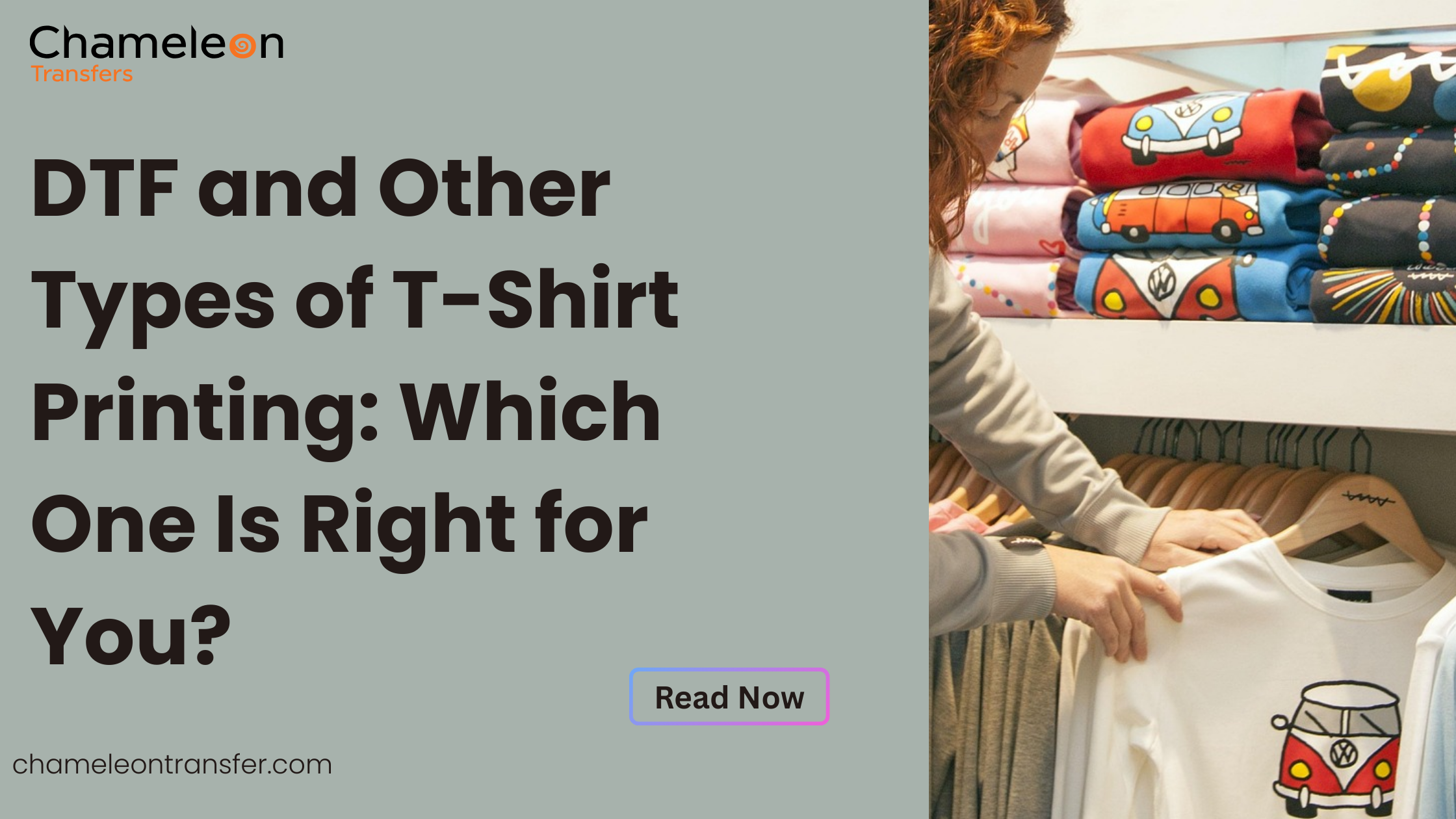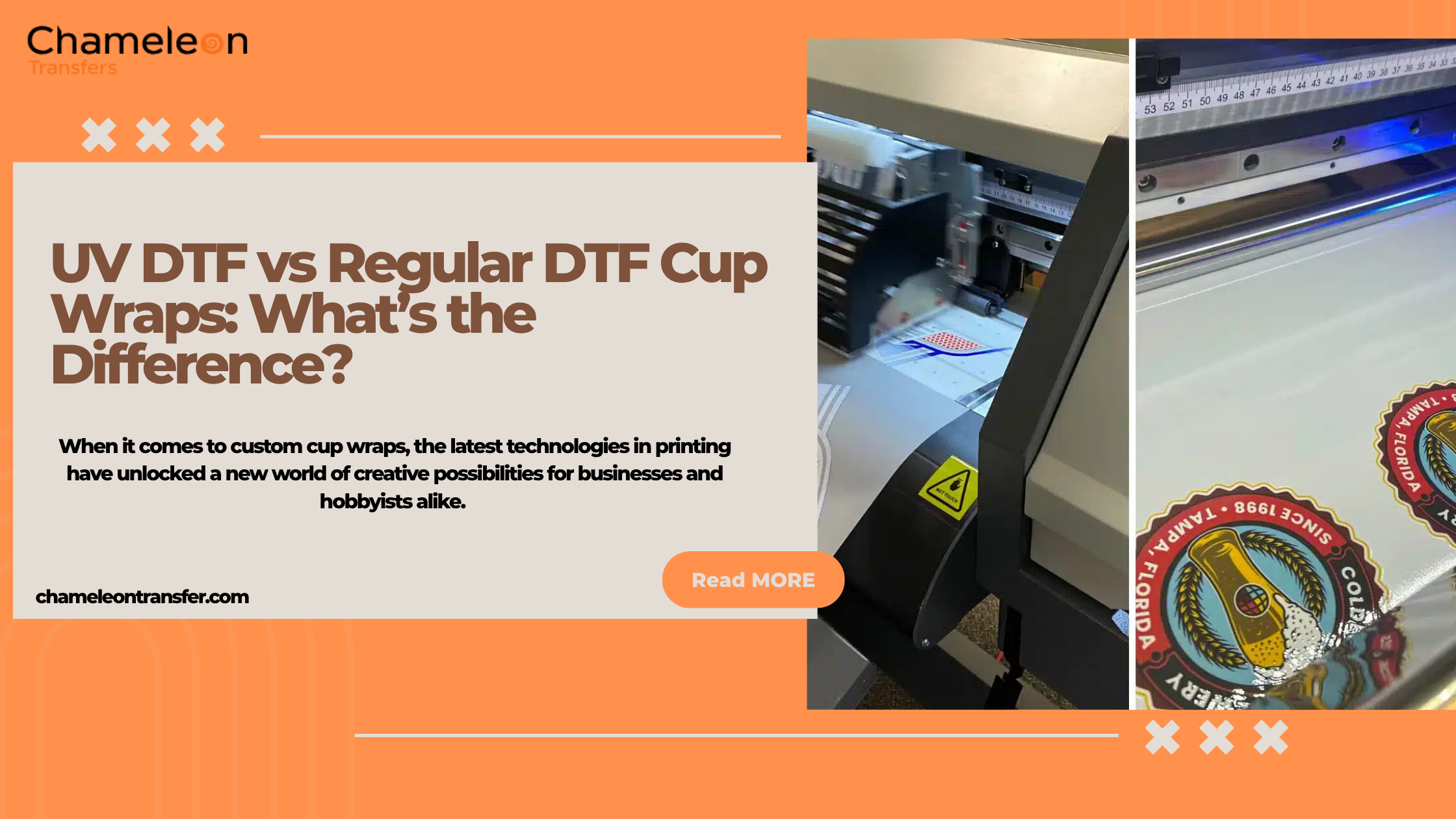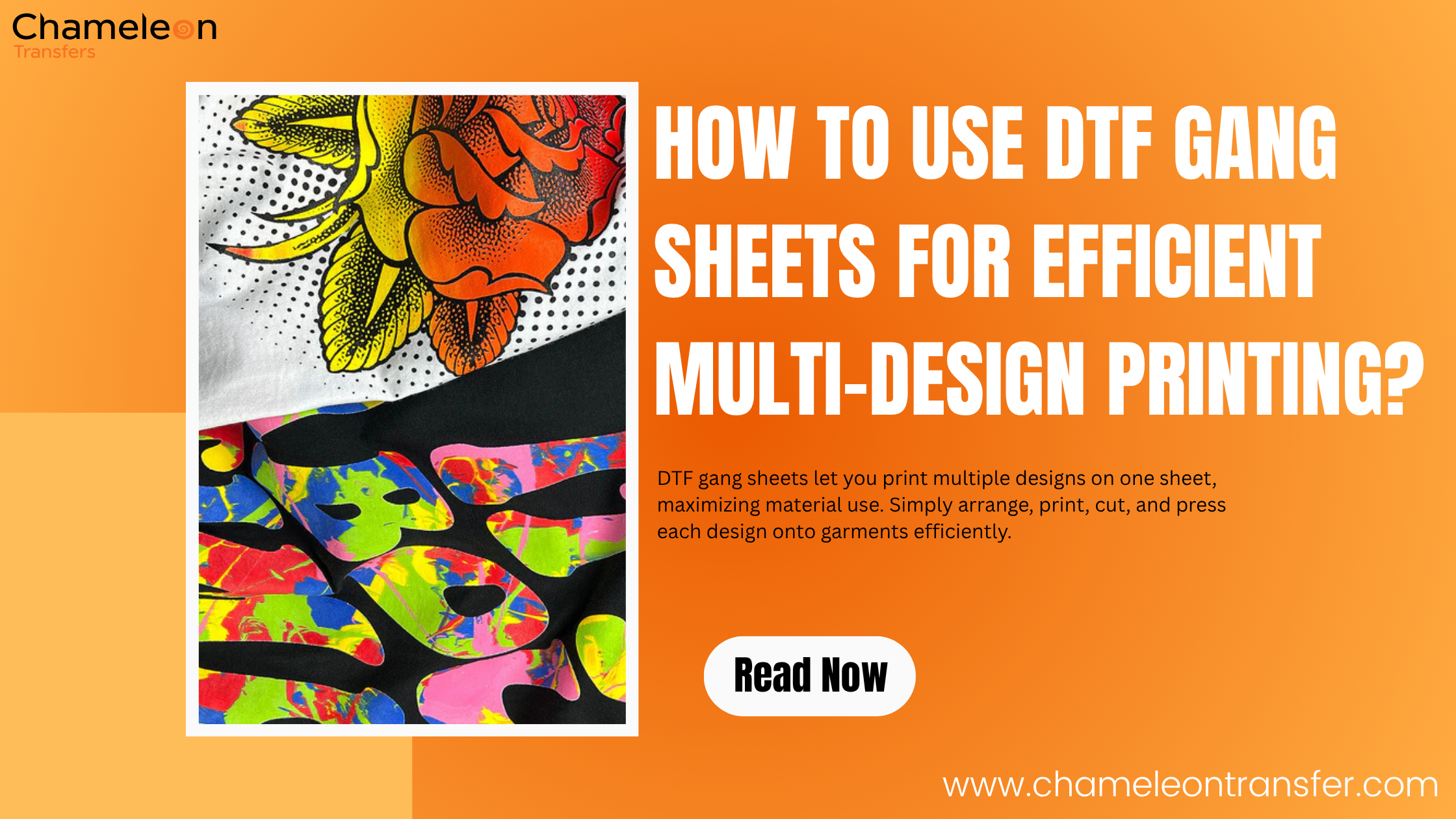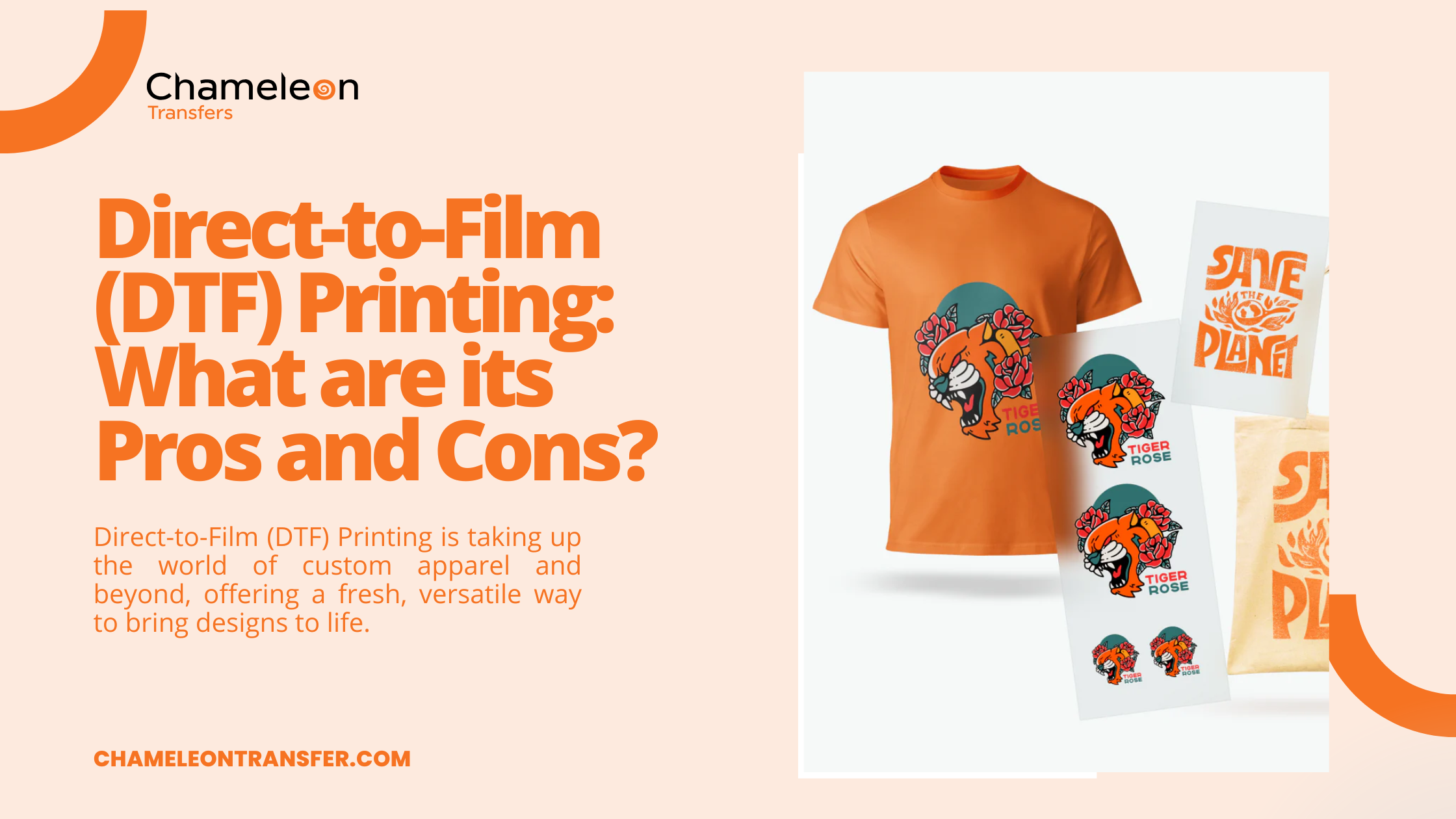In the booming world of personalized fashion, choosing the best t-shirt printing method is critical for achieving standout results. From bold company logos to vibrant artwork, the technique you select will define not only the look but also the longevity and comfort of your custom tees.
Among the various methods available, Direct to Film (DTF) printing has emerged as a game-changer, celebrated for its extraordinary versatility, vibrancy, and consistency. If you’re seeking high-quality, durable prints, whether for business, personal fashion projects, or creative gifts, here’s why DTF reigns supreme.
The Evolution of T-Shirt Printing
T-shirt customization has come a long way since its early days. While screen printing was once the industry standard, newer technologies have given rise to methods such as heat transfer vinyl (HTV), sublimation, and now DTF.
Each approach comes with its strengths and limitations, but when measuring the balance of quality, cost, flexibility, and ease of use, DTF is often regarded as the best t-shirt print-on-demand solution.
What is DTF Printing?
DTF printing stands for Direct to Film, a unique process where your design is printed onto a special film using vibrant, eco-friendly inks. After printing, the film passes through an adhesive powder, creating a sticky backing. When this transfer sheet is placed on a t-shirt and heat-pressed, the artwork fuses seamlessly with the fabric. The result is a print that feels soft, stretches naturally, and pops with color, even after numerous washes.
Unlike direct-to-garment (DTG) printing and sublimation, DTF doesn’t limit you to specific fabric types or shirt colors. Whether you’re working with cotton, polyester, or blends (including light or dark textiles), DTF delivers consistent, high-quality results.
Benefits of DTF Printing for T-Shirts

1. Vibrant Full-Color T-Shirt Prints
DTF is renowned for its color vibrancy. The special inks penetrate deep into the film, preserving every detail and gradient in your artwork. Whether your design is intricate or includes photographs, DTF captures it with accuracy. The prints appear bold on light shirts and retain their punch even on richly colored or black garments, unlike some older transfer techniques.
2. Versatility Across Fabrics
One of the main constraints of traditional sublimation is its compatibility only with white polyester. Similarly, HTV is best for simple designs on smooth, light surfaces.
DTF printing breaks these boundaries, working on 100% cotton, polyester, rayon, tri-blends, and more. Your custom ideas are no longer restricted by fabric type.
3. Exceptional Durability
Nobody wants their custom shirt’s design to crack or fade after a few washes. DTF print washability is exceptional, maintaining color and elasticity after regular laundering. The adhesive bonds deeply without leaving a heavy or stiff feeling, ensuring the print moves and stretches with the fabric.
This impressive DTF print longevity rivals or surpasses both screen printing and HTV.
4. No Limits on Quantity or Color
Traditional methods like screen printing require separate screens for every color and are most cost-effective in bulk. DTF eliminates those barriers. You can print a single shirt or one hundred with identical quality and no setup costs. Complex, multicolor artwork is transferred easily, offering complete creative freedom.
5. Quick Customization and Minimal Prep
With a ready-to-transfer DTF sheet, individuals and businesses alike can customize apparel quickly. There’s no need for intricate cutting or weeding as with vinyl. Just print, powder, press, and wear. The simplicity and speed make DTF a favorite for rush orders and unique pieces.
How to Design Your T Shirt at Home with DTF?
Customizing shirts isn’t just for print shops or large companies anymore. With recent advances in technology and the affordability of DTF printers for t-shirts, anyone can create personalized garments at home. Start by designing your graphics using vector or photo editing software. Many suppliers now offer easy tools where you can design a t-shirt online for free and order your printed transfer sheets.
Simply upload your artwork, ensure correct sizing and background transparency, and order your transfers. When they arrive, you just need a standard heat press to apply them. This method empowers small businesses, artists, and hobbyists to produce professional results without investing in industrial-grade equipment.
Also Read: How to Apply DTF Transfers to Shirts: A Step-by-Step Guide
Cost Considerations: Understanding DTF Printing Cost per Shirt
The DTF printing cost per shirt varies a bit based on the size of your design, the type of garment, and order quantity. However, DTF is generally affordable, especially for full-color art or smaller runs. With minimal setup or preparation, there’s little waste and no surprise fees.
Bulk ordering does reduce costs, but the real strength of DTF lies in its low minimums. If you want to try a single shirt with your own artwork or prototype merchandise for your business, the per-item cost is reasonable. Compared to screen printing, which has upfront fees, DTF is usually more accessible for individuals and startups.
Comparing DTF to Other Methods
1. DTF vs Screen Printing
Screen printing still has a place in the world of high-volume, one-color designs. However, for smaller batches, complex images, or “just-in-time” orders, DTF streamlines production with lower costs and fewer limitations. Plus, no screens to clean or store!
2. DTF vs HTV Transfers
Heat transfer vinyl is a popular choice for simple logos or lettering. It requires cutting each shape and weeding away excess vinyl by hand. For photo-quality or multicolor art, however, DTF is the superior solution, offering a softer, thinner result without bulky material. HTV transfers also tend to lose vibrancy more quickly after repeated washing compared to DTF.
3. DTF vs Sublimation
Sublimation creates a bond within polyester fibers for a nearly permanent effect, but is limited to white or light poly garments. Direct to fabric transfers with DTF, meanwhile, flourish across all shirt types, in both dark and light colors, without sacrificing the quality or feel.
DTF for Cotton and Blends
Where other methods fail, DTF reliably decorates cotton, tri-blend, and even performance synthetics. Testing shows that DTF prints maintain softness and stretch even on unusual fabric choices.
High Quality T-Shirt Printing Without Compromise
When searching for the best quality t-shirts for printing, the fabric, cut, and preparation matter. Aim for pre-washed or ring-spun cotton garments, polyester performance tees, or high-end blends. DTF transfers adhere perfectly and move with the material, so your print looks and feels as good after 20 washes as it did on day one.
The Small Business Advantage: DTF for Startup T-Shirt Brands
For new brands or print-on-demand ventures, minimum order quantities and slow turnaround times can pose a challenge. DTF provides affordable, small-batch production with no extra fees for extra colors or intricate graphics. This makes it the best method for printing custom tees for bands, sports teams, event merch, and startups.
You can easily create limited editions or experiment with different graphics, responding quickly to market trends or customer requests. With DTF, your creativity and profitability aren’t held back by technology.
DTF Print Customization and Flexibility

DTF transfers can be cut, positioned, and pressed almost anywhere. This flexibility isn’t easily matched by alternatives like HTV or screen printing, and is another reason DTF is considered a leader among the best t-shirt printing methods.
DTF Print Care and Washability
Customers keep coming back to print shops using DTF as their shirts stand the test of time. Prints stay bright and resist cracking, fading, or peeling. For best results, wash inside out with mild detergent and low heat.
Even with daily wear and regular laundering, your tees maintain their impact as an essential for branded uniforms and cherished custom gifts alike.
Conclusion
DTF printing has quickly become the go-to solution for anyone seeking vibrant, durable, and versatile custom t-shirt designs. Its ability to work on all fabric types, deliver full-color results, and require minimal setup makes it ideal for hobbyists, startups, and established brands alike.
Order your high-quality DTF transfer sheets today at Chameleon Transfers – where creativity meets flawless execution.
FAQs
1. Why is DTF printing better?
DTF combines great colors, fabric versatility, and lasting prints ideal for any order size and all types of custom shirts.
2. What are the advantages of DTF transfers?
DTF offers vibrant, soft, durable prints on any fabric with no color restriction and minimal setup for unique designs.
3. Is DTF or sublimation better for t-shirts?
For many t-shirts—especially cotton or dark colors—DTF is superior since sublimation only works on light polyester.
4. Is screen printing best for t-shirts?
Screen printing is cost-effective in large, simple runs. For detailed, small, or multi-color prints, DTF is usually best.
5. What are the best t-shirts to print on?
Ring-spun cotton, quality blends, or poly tees ensure comfort and the longest-lasting, most vivid DTF prints.
6. What is the best printer for heat transfer t-shirts?
Current DTF printers give pro-level results, making them a great choice for both home users and growing businesses.
Read more related blogs:








